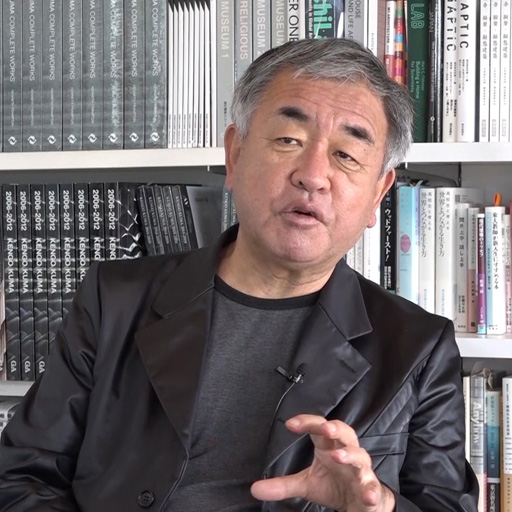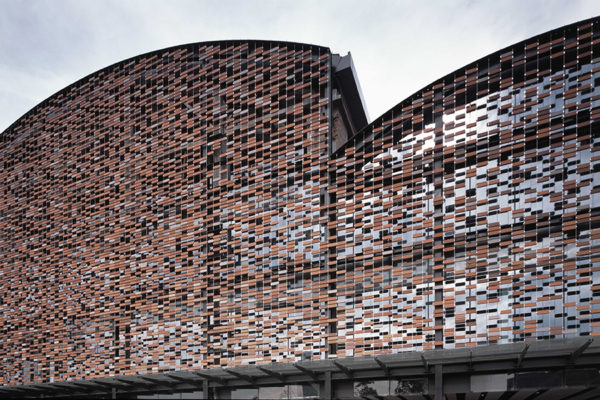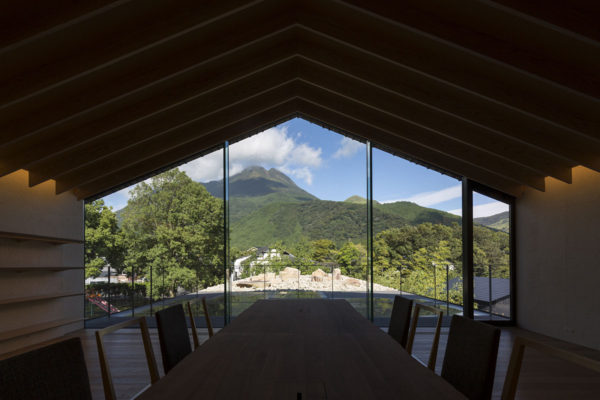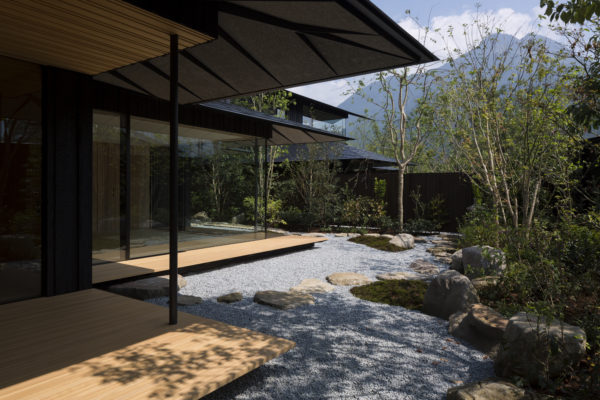#6 January 31, 2018
I’d like to wish you all a very happy new year!
On 11 March, we will open an exhibition titled “Lab for Material,” at the Tokyo Station Gallery. The gallery is located in the center of Tokyo Station, which was designed by a great pioneer in Japanese architecture, Kingo Tatsuno.
Kingo Tatsuno is indeed an important figure for me; he was born in 1854, exactly 100 years before my birth, and the character吾 (go), used in his first name, is the same character as the one in my name, a uniquely uncommon occurrence in Japanese names. Tatsuno also taught at the University of Tokyo where he was determined to weave together art, design, and technology. I feel great sympathy for his efforts and open-mindedness in this vein.
In order to pay homage to Kingo Tatsuno, and to the Tokyo Station – itself a great technical challenge, being a composite of steel and brick – I’ve set the theme of the exhibition as a “Laboratory.” What is essential in a lab is one’s attitude of perseverance and affection toward materials. Studying without feeling love for the subject is counterproductive. We must have the passion to continue researching and developing, not being satisfied with an individual result. Only through this process can we contribute something meaningful to future generations.
“Shipyard 1862” which follows this message is an example of KKAA’s continued effort in this vein. We were able to achieve something as a result of our past experiments and compositions to hold particles of brick, stone and tile in place, within a framework of metal fittings.

NewsKengo Kuma: a Lab for materials 2018Kengo Kuma will exhibit at Tokyo Station Gallery. Saturday, March 03, 2018 - Sunday, May 06, 2018 (close on Mondays, except April 30) 10:00-18:00 Entrance fee: Adult 1,100JPY, High-school/University student:900JPY, Junior high school students and younger: Free Sponsorship: Tokyo Station Gallery, KEN … Read More
ProjectsMIFA 1862 / shipyard
 We maintained and restored a huge shipyard of bricks built in 1972, located by the Huangpu River in Shanghai, as a new complex facility with a theatre and retailers. A "hole" with a height of 20 m and a length of 150 m, which makes you feel the scale of a huge ship, penetrates the center of the buil … Read More
We maintained and restored a huge shipyard of bricks built in 1972, located by the Huangpu River in Shanghai, as a new complex facility with a theatre and retailers. A "hole" with a height of 20 m and a length of 150 m, which makes you feel the scale of a huge ship, penetrates the center of the buil … Read MoreProjectsComico Art Museum Yufuin
 There is a small museum for contemporary art, near a famous hot spring resort in Kyushu which has fostered a unique local culture in the nearby town of Yufuin. In order to highlight the thickly forested mountains which frame the Yufuin basin and thus the art work exhibited in the museum, we covered … Read More
There is a small museum for contemporary art, near a famous hot spring resort in Kyushu which has fostered a unique local culture in the nearby town of Yufuin. In order to highlight the thickly forested mountains which frame the Yufuin basin and thus the art work exhibited in the museum, we covered … Read MoreProjectsComico Art House Yufuin
 COMICO Art House is a company-owned resort and recreational facility developed for their employees. It is built next to the COMICO Museum, which we divided into three buildings because we aimed to form a small village along the river. There is no clear boundary between the museum and the rest house, … Read More
COMICO Art House is a company-owned resort and recreational facility developed for their employees. It is built next to the COMICO Museum, which we divided into three buildings because we aimed to form a small village along the river. There is no clear boundary between the museum and the rest house, … Read More